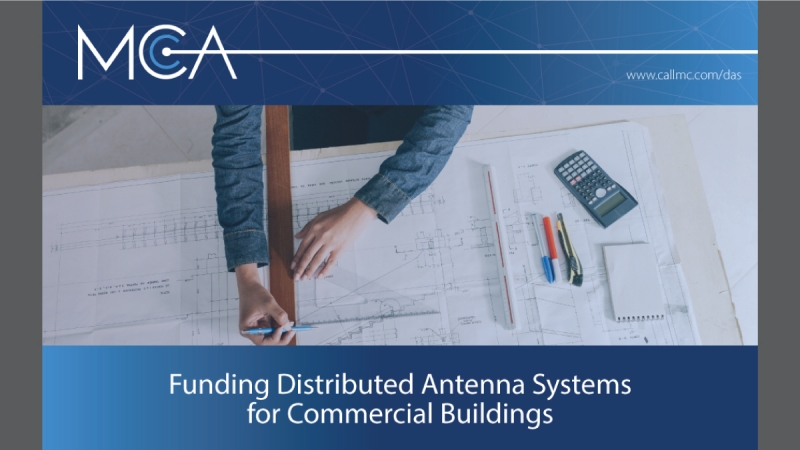
Indoor Wireless Usage Is On The Rise As Landlines Fall By The Wayside
Mobile phones have evolved from being a tool for outdoor and in-vehicle use to becoming a crucial aspect of everyday life for people of all ages and professions. Reliable cellular signals are now considered a basic necessity for commercial building tenants, on par with having electricity. As a result, many building owners are opting to install cellular wireless networks for various reasons, including improving public safety and supporting the growing trend of automated building systems driven by the Internet of Things (IoT).
A significant portion of 911 calls, over 70%, are made through cellular devices, according to the FCC. Large commercial buildings, such as hotels, office parks, and entertainment venues, often have weak cellular reception due to the high number of people, large areas that need coverage, and the numerous building materials that signals must pass through. Additionally, elevators, parking garages, hallways, and closets in buildings of any size tend to have poor cellular signals.
Both the National Fire Protection Association’s Code (NFPA-72) and the International Code Council's International Fire Code mandate the installation of an indoor wireless network in buildings to ensure that all occupants can make emergency calls and that first responders can communicate with each other during an emergency.
However, deploying an indoor wireless network is a complex and costly project that requires careful consideration of various options. The larger the building, the more expensive the implementation and deployment. Building owners can explore different funding options, such as carrier-funded, venue-funded, or hybrid-funded, to find the best solution for their budget and tenants.
Carrier Funded
In this model, the carrier either completely funds the project and handles the build-out and installation, or they fund the project and work with a third-party installation company to complete the actual work.
Venue Funded
In a venue-funded model, the building owner is fully responsible for deploying and maintaining the Distributed Antenna System for their building.
Hybrid Funded
For pre-existing buildings, retrofitting them with a DAS is much more expensive. In this model, third-party company would then bear the cost of the installation and deployment, while the building owners would be responsible for paying for services over the agreed-upon length of time.
Building owners who are thinking about installing a Distributed Antenna System (DAS) for indoor wireless coverage for their tenants should consult a third-party installation company like MCA. By collaborating with a company that has extensive knowledge in various DAS installations, building owners can benefit from a smooth and hassle-free experience. The third-party will handle the design, procurement of equipment, and integration into carrier networks, saving the building owner from potential costly and time-consuming mistakes.
